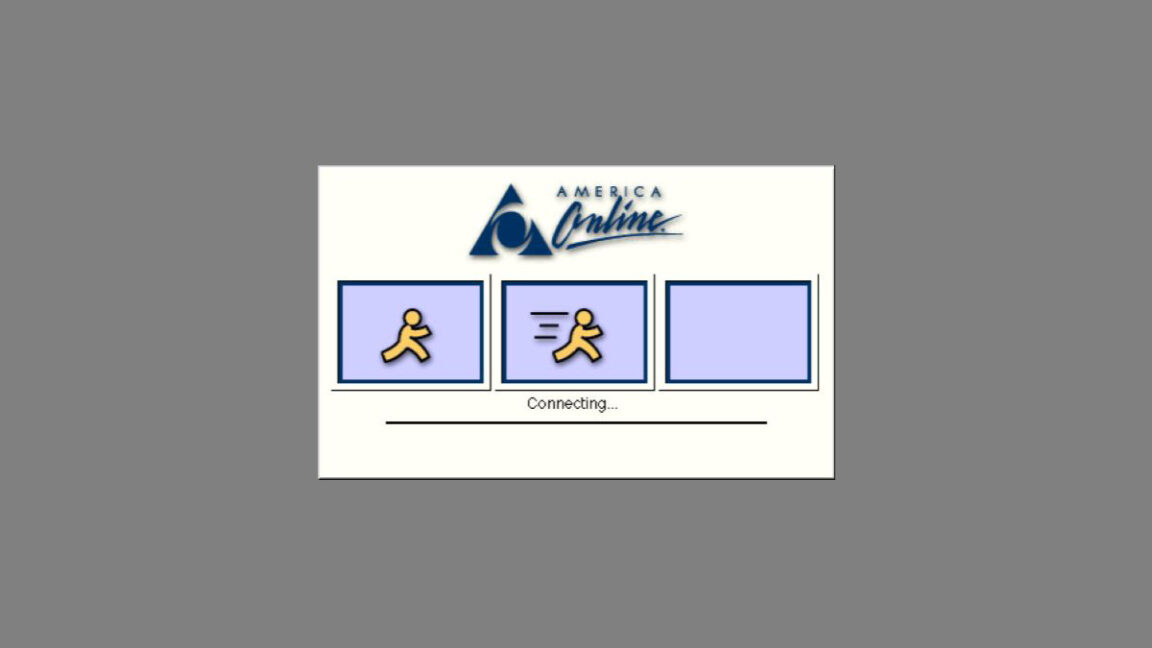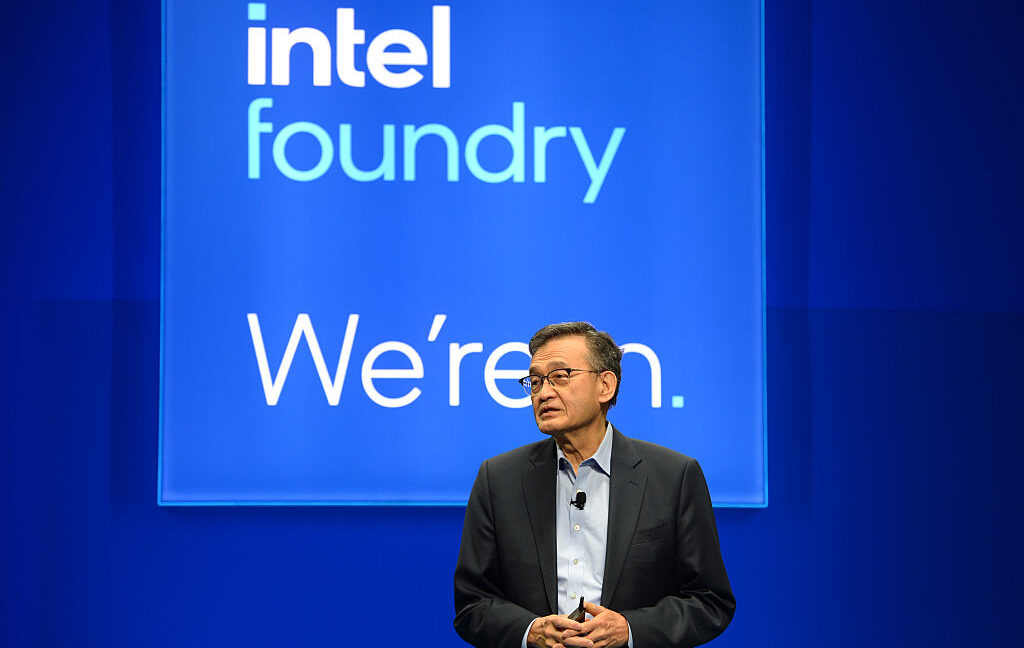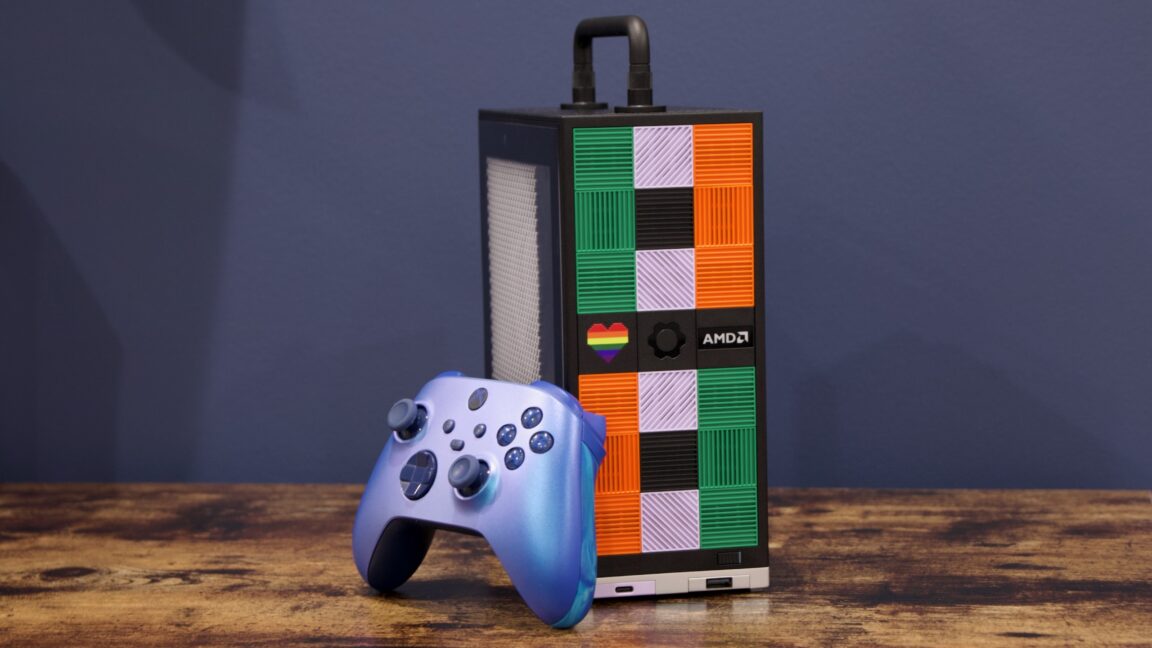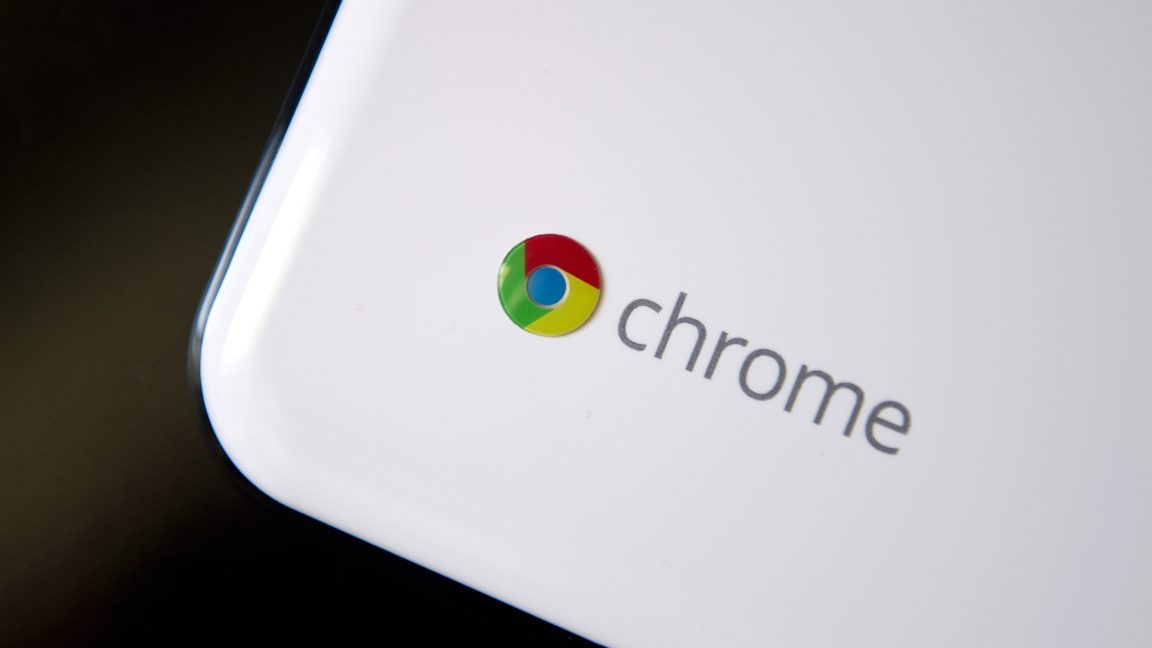AOL to Conclude Dial-Up Service This September

After decades as a cornerstone of early internet connectivity, AOL has announced it will shut down its dial-up modem service on September 30, 2025. This decision marks the end of a technological era that provided millions of users with access to the World Wide Web throughout the 1990s and early 2000s.
In a message to its customers, AOL explained, "AOL routinely evaluates its products and services and has decided to discontinue Dial-up Internet. This service will no longer be available in AOL plans." Alongside this, the company will also be retiring its AOL Dialer software and the AOL Shield browser, both designed for use with slower connections and outdated operating systems.
The dial-up journey began in 1991 with the release of "America Online" as a popular closed commercial online service that didn't initially offer true internet access. It wasn't until 1994 that AOL users could access the broader web, elevating the service's popularity to its peak with over 25 million subscribers during the early 2000s.
Though broadband services dominate today, dial-up remains a reality for certain American households, especially in rural areas lacking broadband infrastructure. Satellite Internet emerges as an alternative, yet it often brings challenges like data limits and higher latency compared to traditional broadband options which require significant infrastructure investments.
The persistence of dial-up highlights the persisting digital divide. Urban dwellers enjoy gigabit fiber connections, while some rural users remain tied to 1995-era technology. A stark difference exemplified by dial-up speeds of 0.056 Mbps compared to modern broadband's average 500 Mbps.
Dial-up once involved the familiar ritual of modem sounds, converting digital data into audio signals over phone lines. AOL excelled in simplifying this technology for non-technical users through easy-to-install software. AOL's impact extended beyond connectivity, with features like Instant Messenger and chat rooms paving the way for early social networks.
Despite AOL's service ending, dial-up still finds a niche with providers like NetZero, Juno, and Dialup 4 Less, continuing to serve areas with limited options. The underlying infrastructure persists, although the practicality diminishes as the internet ecosystem demands higher speed and capacity.
AOL's shutdown of its dial-up service gives users a deadline to transition. For some in regions without alternatives, this might mean switching to costly satellite or cellular options, while others might sadly lose internet access.



